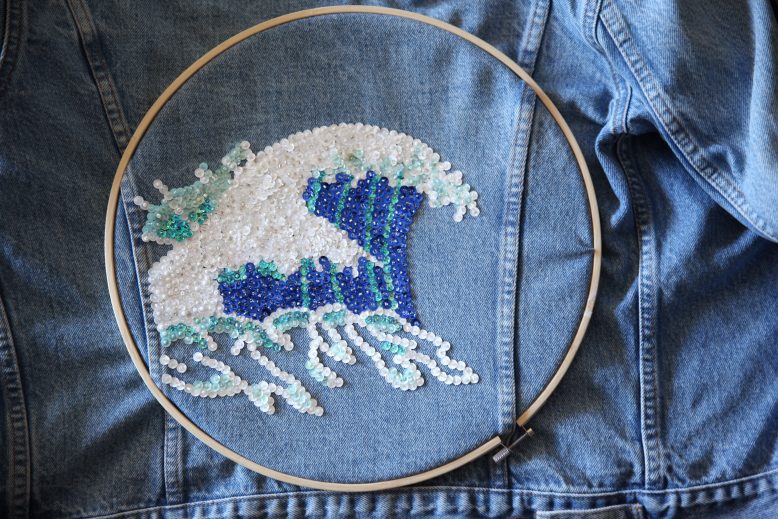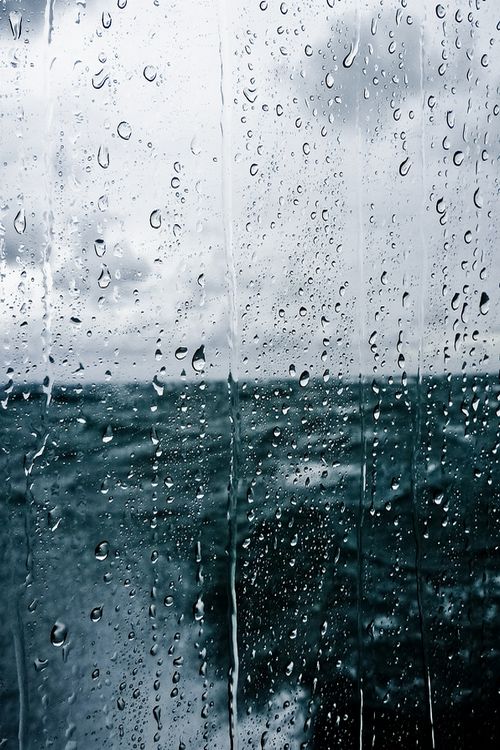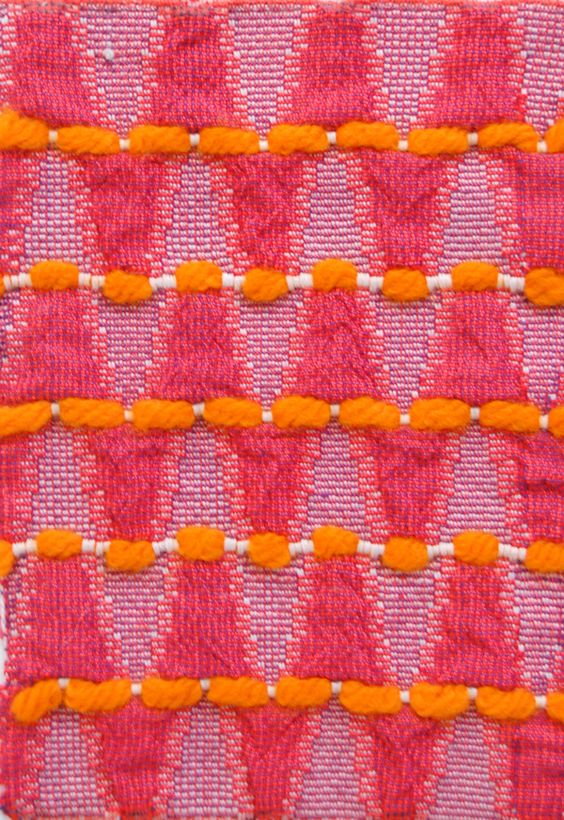Before we start with this guide we think it is important to point out that working with sequins is not for the faint of heart. People who have plenty of experience working with fabrics will often find that they struggle with sequins, so we recommend that beginners get a little more used to the intricacies of the fabrics that they work with before trying their hand at adding sequins.
Still, when you get it right, sequins can add a touch of glamour to practically any garment that you design. By following these tips, you should have a much better chance of getting the end result that you’re looking for.
Continue reading “Tips For Working With Sequin Fabrics”





